The resistance band curl has become a staple in modern fitness routines, offering a versatile alternative to traditional dumbbell or barbell curls. What makes this exercise particularly intriguing is its ability to provide constant tension throughout the movement, challenging muscles in ways that free weights sometimes can't. Unlike fixed-weight exercises, the resistance band increases tension as it stretches, forcing your biceps to work harder at the top of the contraction where they'd normally get a brief respite with dumbbells.
For those unfamiliar with the mechanics, the resistance band curl mimics the motion of a standard bicep curl but replaces the weight with elastic resistance. You stand on the center of the band with feet shoulder-width apart, gripping the handles with palms facing forward. As you curl upward, the band's resistance increases proportionally to how much you stretch it. This creates what trainers call "accommodating resistance" - the exercise gets more challenging precisely when your muscles are in their strongest position to handle it.
The beauty of resistance band training lies in its adaptability. Beginners can use lighter bands to master the movement pattern without risking joint strain, while advanced athletes can stack multiple bands or use ultra-heavy resistance to push their limits. Physical therapists often incorporate banded curls into rehabilitation programs because the smooth, controlled resistance helps rebuild strength without shocking injured tissues. The bands' portability means you can maintain your arm training routine anywhere - a particular boon for frequent travelers who don't want to lose their hard-earned gains on the road.
Proper form remains crucial, perhaps even more so than with free weights. A common mistake is allowing the shoulders to hike up during the movement, which transfers work from the biceps to the trapezius muscles. Keeping elbows pinned to your sides and moving only at the elbow joint isolates the biceps more effectively. The resistance band's natural pull also helps reinforce proper eccentric control - that all-important lowering phase where many lifters cheat with momentum when using dumbbells.
Advanced variations can take this deceptively simple exercise to new heights. Rotating your grip from neutral to supinated during the curl activates different muscle fibers. Adding a staggered stance or single-leg position challenges core stability while you work your arms. Some athletes incorporate isometric holds at the peak contraction, fighting against the band's relentless pull to build endurance. The creative possibilities are nearly endless, limited only by one's understanding of biomechanics and available equipment.
From a physiological standpoint, resistance band curls offer unique benefits. The variable resistance matches your muscles' strength curve better than fixed-weight exercises. Research suggests this may lead to superior muscle activation, particularly in the often-neglected brachialis muscle that lies beneath the biceps. This deeper development contributes to that coveted "peak" in well-trained arms. Additionally, the elastic resistance provides a safer alternative for those with wrist or elbow sensitivities, as it doesn't compress joints like metal weights can.
Nutrition and recovery principles remain similar whether training with bands or weights, but the reduced joint stress from band work may allow for higher training frequencies. Many athletes find they can incorporate banded curls into their routines multiple times per week without overtaxing connective tissues. This frequent stimulation can accelerate muscle growth when paired with adequate protein intake and recovery. The metabolic cost of high-rep band work shouldn't be underestimated either - those chasing fat loss while maintaining muscle mass often find band training delivers exceptional results.
Equipment selection makes a significant difference in outcomes. Latex bands offer the most traditional feel, while fabric-wrapped versions provide durability for heavy use. Tube-style bands with handles mimic dumbbells most closely, whereas flat loop bands allow for more grip variations. Serious trainees often invest in a set with multiple resistance levels to accommodate progressive overload. The market has exploded with options, from basic economical sets to professional-grade bands used in physical therapy clinics and sports performance centers.
Perhaps the most overlooked advantage is the resistance band curl's ability to reveal and correct muscle imbalances. Because each arm works independently (unlike with a barbell), weaknesses become immediately apparent. The accommodating resistance means your dominant side can't compensate for the weaker one as easily as with free weights. Over time, this leads to more symmetrical development and reduces injury risk from uneven strength patterns. Many athletes are shocked when they first try banded curls at how much more challenging they find unilateral work compared to their usual bilateral exercises.
As functional fitness continues gaining popularity, resistance band exercises like the curl are being recognized for their real-world carryover. The elastic resistance mimics the variable forces we encounter in daily life and sports better than fixed-weight movements. Whether pulling open a heavy door or controlling a child's sudden movement, our muscles rarely work against constant resistance. Training with bands helps develop the type of strength that translates beyond the gym, preparing the body for unpredictable physical demands.
The psychological benefits shouldn't be discounted either. There's something uniquely satisfying about feeling the band's resistance build through each rep, creating a tangible connection between effort and results. Unlike stacking another plate on a barbell, stretching a band further provides immediate visual feedback of progress. This can be incredibly motivating for beginners and seasoned lifters alike. The simplicity of the movement allows complete focus on muscle connection rather than complicated technique, fostering the mind-muscle link that's crucial for optimal development.
While no single exercise can deliver complete arm development, the resistance band curl deserves its place in balanced training programs. Its versatility spans rehabilitation, general fitness, and sports performance applications. As equipment technology advances and more research emerges on variable resistance training, we're likely seeing just the beginning of what this humble tool can accomplish. Whether used as a primary strength builder or supplementary finisher, the banded curl offers benefits that extend far beyond its simple appearance might suggest.

By /Aug 14, 2025

By /Aug 14, 2025

By /Aug 14, 2025

By /Aug 14, 2025
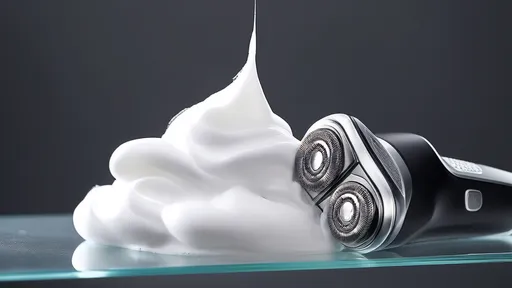
By /Aug 14, 2025

By /Aug 14, 2025

By /Aug 14, 2025

By /Aug 14, 2025

By /Aug 14, 2025
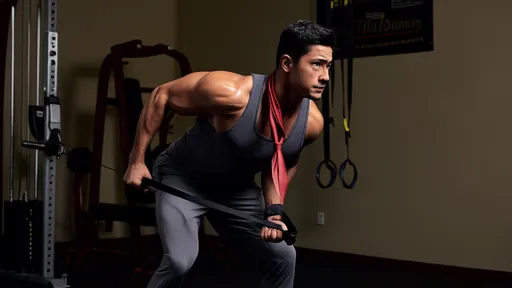
By /Aug 14, 2025
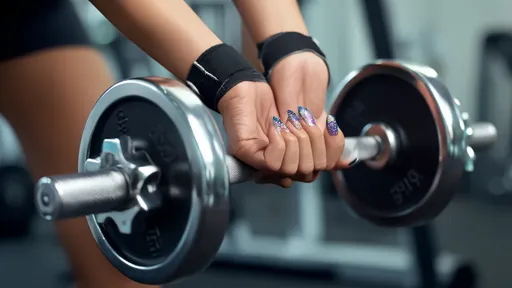
By /Aug 14, 2025

By /Aug 14, 2025
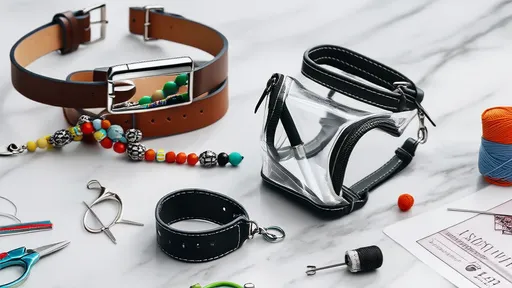
By /Aug 14, 2025

By /Aug 14, 2025

By /Aug 14, 2025

By /Aug 14, 2025

By /Aug 14, 2025
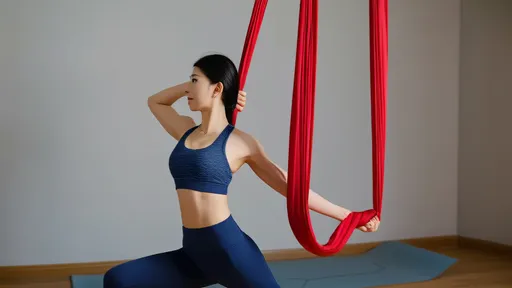
By /Aug 14, 2025

By /Aug 14, 2025

By /Aug 14, 2025